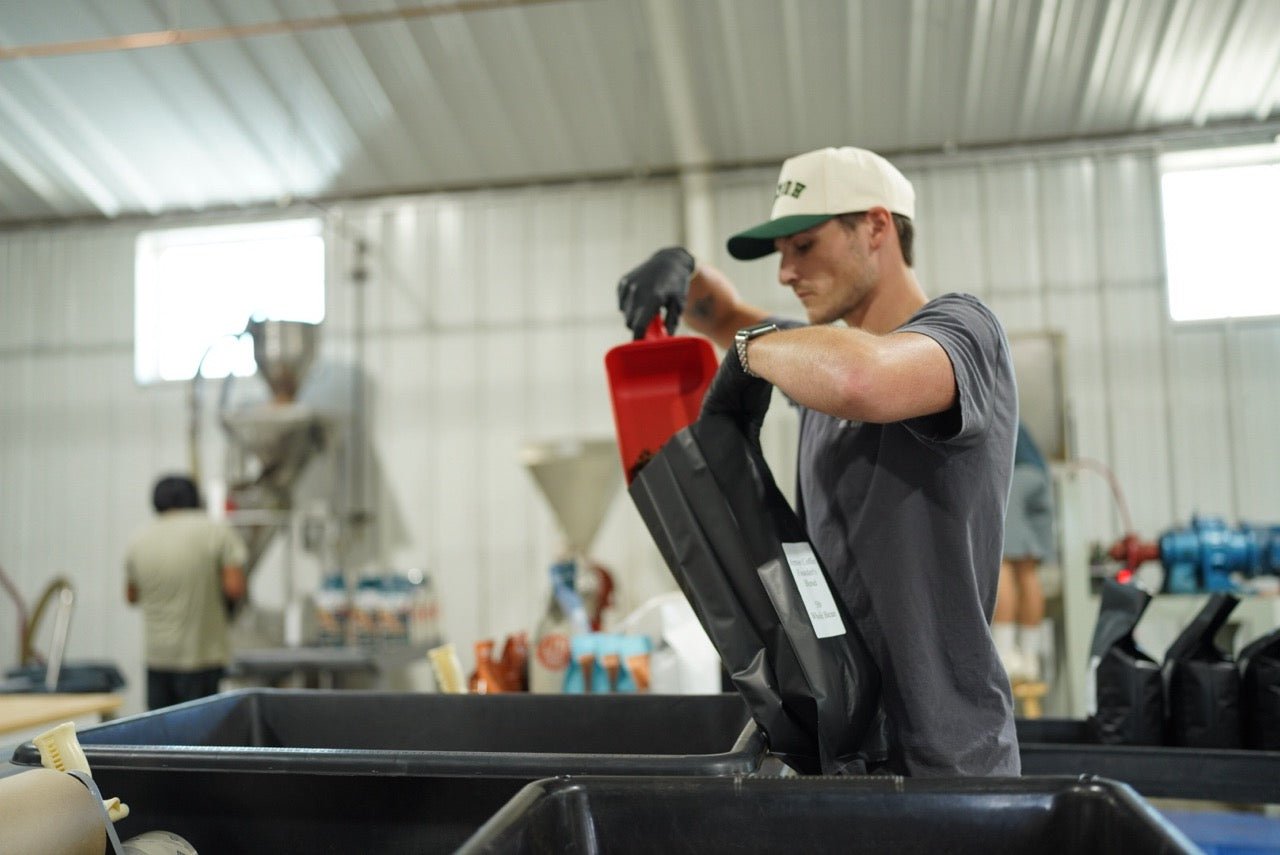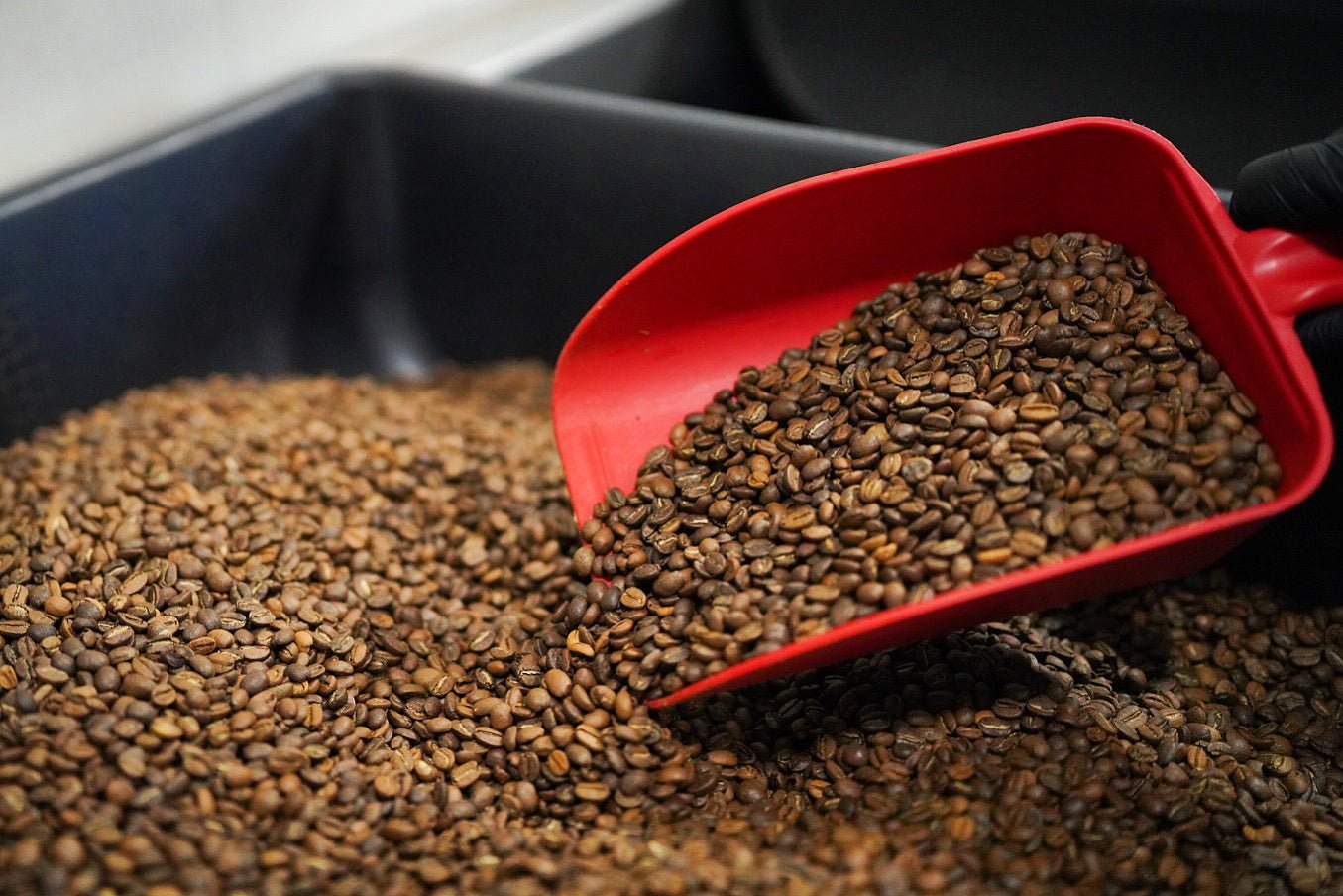Anaerobic coffee is a type of coffee that is processed using a unique fermentation method that differs from the traditional method. The term "anaerobic" refers to the process of fermentation that occurs without the presence of oxygen. In the case of anaerobic coffee, this process takes place in sealed containers, where the coffee cherries are allowed to ferment in the absence of oxygen. This creates a unique flavor profile and aroma that distinguishes it from other types of coffee.
The process of producing anaerobic coffee is relatively new, and it is gaining popularity among coffee connoisseurs and coffee lovers around the world. The unique fermentation process used in producing this type of coffee was developed by innovative coffee producers who sought to create a distinct flavor and aroma that would appeal to the discerning taste of coffee lovers.
The process of producing anaerobic coffee starts with the selection of high-quality coffee cherries. The coffee cherries are carefully harvested and sorted to ensure that only the best quality cherries are used. The selected cherries are then washed and placed in a sealed container, where they are allowed to ferment in the absence of oxygen. This process typically takes between 24 and 48 hours, depending on the desired flavor profile.
During the fermentation process, lactic acid bacteria and yeasts convert the natural sugars in the coffee cherries into acids, creating a unique flavor profile and aroma. This process results in a coffee that has a distinct fruity, wine-like flavor and a rich, full-bodied taste. The aroma of anaerobic coffee is also unique, with notes of fruit, caramel, and chocolate.
After the fermentation process is complete, the coffee cherries are washed and dried to remove any excess moisture. The dried cherries are then roasted using a carefully controlled process to preserve the unique flavor and aroma. The roasting process is typically carried out at a lower temperature than traditional coffee roasting to prevent the coffee from losing its unique flavor profile.
One of the main advantages of anaerobic coffee is its unique flavor profile. This type of coffee has a rich, full-bodied taste that is complemented by fruity and wine-like flavors. The aroma of anaerobic coffee is also distinct, with notes of fruit, caramel, and chocolate that are not found in other types of coffee.
Another advantage of anaerobic coffee is its popularity among coffee lovers and connoisseurs. This type of coffee is becoming increasingly popular among those who are looking for a unique and distinct coffee experience. Many coffee shops and specialty coffee stores now offer anaerobic coffee as part of their menu, making it more widely available to consumers.
In addition to its unique flavor and aroma, anaerobic coffee is also considered to be more environmentally friendly than traditional coffee processing methods. The sealed fermentation containers used in producing anaerobic coffee can be reused, reducing the amount of waste generated by the coffee production process. This makes anaerobic coffee a more sustainable option for those who are concerned about the impact of coffee production on the environment.
In conclusion, anaerobic coffee is a unique and distinct type of coffee that is gaining popularity among coffee lovers and connoisseurs around the world. The fermentation process used in producing this type of coffee results in a rich, full-bodied taste that is complemented by fruity and wine-like flavors. The aroma of anaerobic coffee is also unique, with notes of fruit, caramel, and chocolate. This type of coffee is also considered to be more environmentally friendly than traditional coffee processing methods, making it a more sustainable option for those who are concerned about the impact of coffee production on the environment. Overall, anaerobic coffee is a compelling, informative, and interesting topic that is sure to captivate the interest of coffee lovers and enthusiasts alike.


